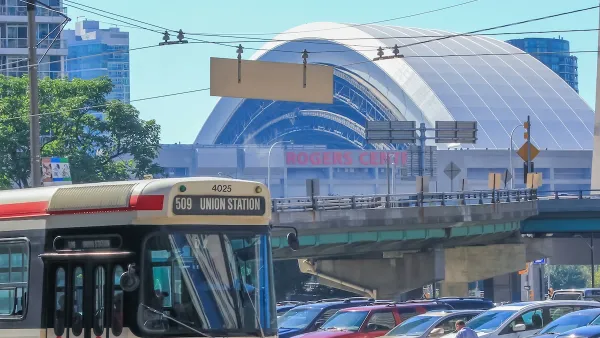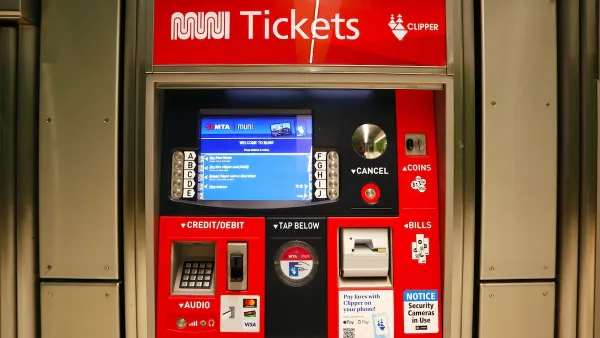New tech can streamline boarding and make fare capping easier, but can risk creating new challenges for low-income riders.

According to an article by John Adams in American Banker, contactless transit fare collection, which grew sharply during the pandemic as agencies sought ways to keep riders and operators safe and prevent the spread of Covid-19, are transforming transit in a variety of ways.
In Mexico City and Lisbon, Portugal, contactless payment systems that work with iPhones and other devices let riders avoid prepayment and make travel easier for tourists and travelers who don’t have local transit cards. “In June, the Netherlands became one of the first countries to adopt an open loop contactless transit payments system for the entire country. Travelers can use any debit, credit or digital wallet account on all buses, trains, metro systems, trams and ferries across all local networks.”
Moving to contactless fare collection can speed up service, reducing the time needed for boarding and allowing for all-door boarding, and creates the opportunity for fare capping. But some transit advocates say removing a cash option puts many low-income riders at a disadvantage. In Los Angeles, new fare collection tech and a fare capping program are being combined with community outreach and distribution of TAP cards to ensure the cost of the cards isn’t a burden to riders who traditionally pay in cash.
FULL STORY: The many ways contactless payments are transforming mass transit

Maui's Vacation Rental Debate Turns Ugly
Verbal attacks, misinformation campaigns and fistfights plague a high-stakes debate to convert thousands of vacation rentals into long-term housing.

Planetizen Federal Action Tracker
A weekly monitor of how Trump’s orders and actions are impacting planners and planning in America.

San Francisco Suspends Traffic Calming Amidst Record Deaths
Citing “a challenging fiscal landscape,” the city will cease the program on the heels of 42 traffic deaths, including 24 pedestrians.

Defunct Pittsburgh Power Plant to Become Residential Tower
A decommissioned steam heat plant will be redeveloped into almost 100 affordable housing units.

Trump Prompts Restructuring of Transportation Research Board in “Unprecedented Overreach”
The TRB has eliminated more than half of its committees including those focused on climate, equity, and cities.

Amtrak Rolls Out New Orleans to Alabama “Mardi Gras” Train
The new service will operate morning and evening departures between Mobile and New Orleans.
Urban Design for Planners 1: Software Tools
This six-course series explores essential urban design concepts using open source software and equips planners with the tools they need to participate fully in the urban design process.
Planning for Universal Design
Learn the tools for implementing Universal Design in planning regulations.
Heyer Gruel & Associates PA
JM Goldson LLC
Custer County Colorado
City of Camden Redevelopment Agency
City of Astoria
Transportation Research & Education Center (TREC) at Portland State University
Jefferson Parish Government
Camden Redevelopment Agency
City of Claremont





























